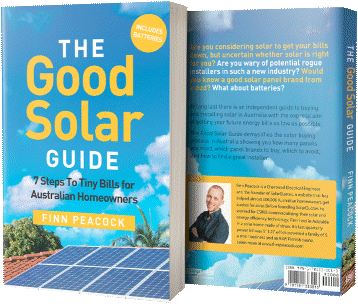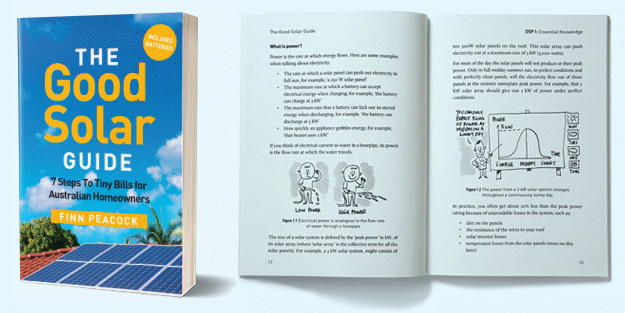
TrinaSolar is set to offer a new generation of Vertex S+ high-power solar panels for installation on Australian residential rooftops — the dual-glass NEG9RH.28 product line.
What’s The Vertex S+ NEG9RH.28’s Specs?
- Capacities: 440 W – 475 W1.
- Cells: 96 N-type i-TOPCon monocrystalline cells.
- Black anodised aluminium alloy frame.
- Up to 23.8% module efficiency.
- Temperature coefficient of Pmax: -0.29%/°C.
- Maximum system voltage: 1500V DC.
- Front/back glass: 1.6 mm.
- Dimensions: 1762 × 1134 × 30 mm.
- Weight: 21 kg.
- Product warranty: 25 years.
- Performance warranty: 30 years (maximum 1% degradation in first year, 0.4% each year thereafter).
A full NEG9RH.28 datasheet can be viewed here.
Trina will formally launch the NEG9RH.28 at Australia’s largest clean energy event, All Energy, this week. Commenting on the new panels, General Manager of TrinaSolar Australia Edison Zhou said:
“Australia is a key priority market for Trina, so we’re proud to launch a model designed specifically for Australian installs. With its low-voltage design and Trina’s signature black finish, this module delivers the flexibility, efficiency, and the sleek style local customers have asked for.”
As for availability, the NEG9RH.28 range was approved by the Clean Energy Council on the 15th of October 2025, but I haven’t seen them pop up on wholesaler sites for pre-order yet. In terms of pricing and based on previous Vertex S+ panels, they should be firmly in the budget range. As an example, the older 440W Vertex S+ NEG9.28 is listed on the SolarQuotes solar panel comparison table as having an estimated retail price of $120.
Trina Vertex S+ History In Australia
Trina Solar launched the Vertex S+ for residential rooftops in March 2022 here in Australia. The Vertex S+ was a follow-up to the Vertex S that became available locally in April 2021. Among the differences between the two is the Vertex S has a conventional backsheet and P-type cells, while the Vertex S+ has dual glass and N-type cells.
We’ve had 10 kW of Vertex S+ panels (NEG9.28) on our rooftop since September 2022, and I’ve been happy with their performance. The money saved by buying a good quality budget brand such as Trina went towards a not-so-cheap 8.2 kW Fronius Primo inverter. We splashed out on a solar inverter as it’s the real workhorse of a system, and the component most likely to fail first.
Back then, I think the highest capacity Vertex S+ module available in Australia was 420 Watts, so Trina has been successful in continually and significantly pushing the power envelope for the Vertex S+ residential rooftop product family without increasing the physical size.
Comparing the specs, NEG9RH.28 panels are the same dimensions and weight as the NEG9.282, but the conversion efficiency is greater. This latest generation has a slightly better temperature coefficient than what’s on our roof (-0.29%/°C vs. -0.30%/°C), so there should be a small performance boost in the heat with the new panels.
TrinaSolar was founded in 1997 in Changzhou, Jiangsu Province, China, where its global headquarters is today. Closer to home, Trina has an office in Sydney. The firm began serving the Australian market in 2009, and Trina solar panel reviews here on SolarQuotes from Australian customers since have been overall generally positive.
The launch of the Vertex S+ NEG9RH.28 will follow a bunch of big-wattage rooftop solar panels unveiled in 2025 for Australia by other manufacturers, including modules from TW Solar (470 W), Risen Energy (475 W), Aiko (480 W) and Winaico (475 W). As with Trina, Risen and Aiko tend to be geared to the budget end of the market, while Winaico is more middle-of-the-road on solar panel pricing.
Learn more about buying the right solar panels for your home.

 RSS - Posts
RSS - Posts



That just under 500w size seems to be the threshold industry are hitting across the board.
Not tobe sneezed at, up about 5% on the previous level, although some is cell improvements there is also creeping area and weight factoring in as well.
Not sure why they keep selling dual glass panels in regions prone to hail, when it has been demonstrated in lab tests that mono glass panels are more resistant…